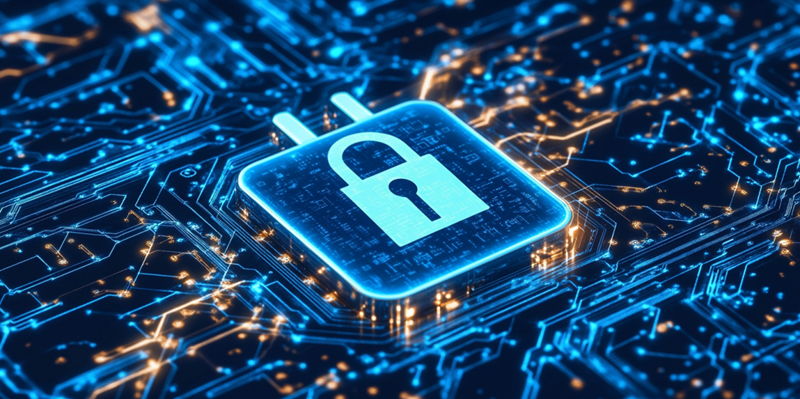Generative AI (GenAI) offers noteworthy promise in revolutionizing cybersecurity by enhancing defensive measures, identifying threats, and automating rapid responses. In the face of increasingly severe cyberattacks, security professionals view GenAI as a powerful tool with the potential to significantly strengthen cybersecurity operations. Through advanced pattern recognition and predictive capabilities, GenAI can proactively detect and neutralize threats before they escalate into full-blown attacks. This proactive approach could mean the difference between a minor incident and a devastating data breach, thus catalyzing a more robust cybersecurity infrastructure.
However, the same technology that fortifies defenses can also be harnessed by malicious actors to launch more sophisticated and complex attacks. Cybersecurity experts acknowledge this dual-edged nature of GenAI, emphasizing the necessity for a vigilant and balanced approach. The potential misuse of GenAI by attackers introduces new challenges, requiring even more advanced countermeasures and continuous innovation in defensive strategies. This scenario underscores the importance of not only adopting GenAI for protection but also preparing for its potential exploitation by adversaries, thus maintaining a relentless push for advancement and adaptation.
Amid these challenges, there is a consensus among security professionals that the opportunities presented by GenAI outweigh the risks. Leveraging the technology to stay one step ahead of cyber threats while maintaining heightened vigilance is critical. Continuous innovation, adaptation, and the development of ethical guidelines for AI use in cybersecurity are essential in mitigating risks and securing digital landscapes. The views within the cybersecurity community reflect a cautious yet hopeful stance on GenAI’s integration, suggesting that, with prudent management and governance, GenAI could indeed transform cybersecurity while effectively mitigating new risks.

